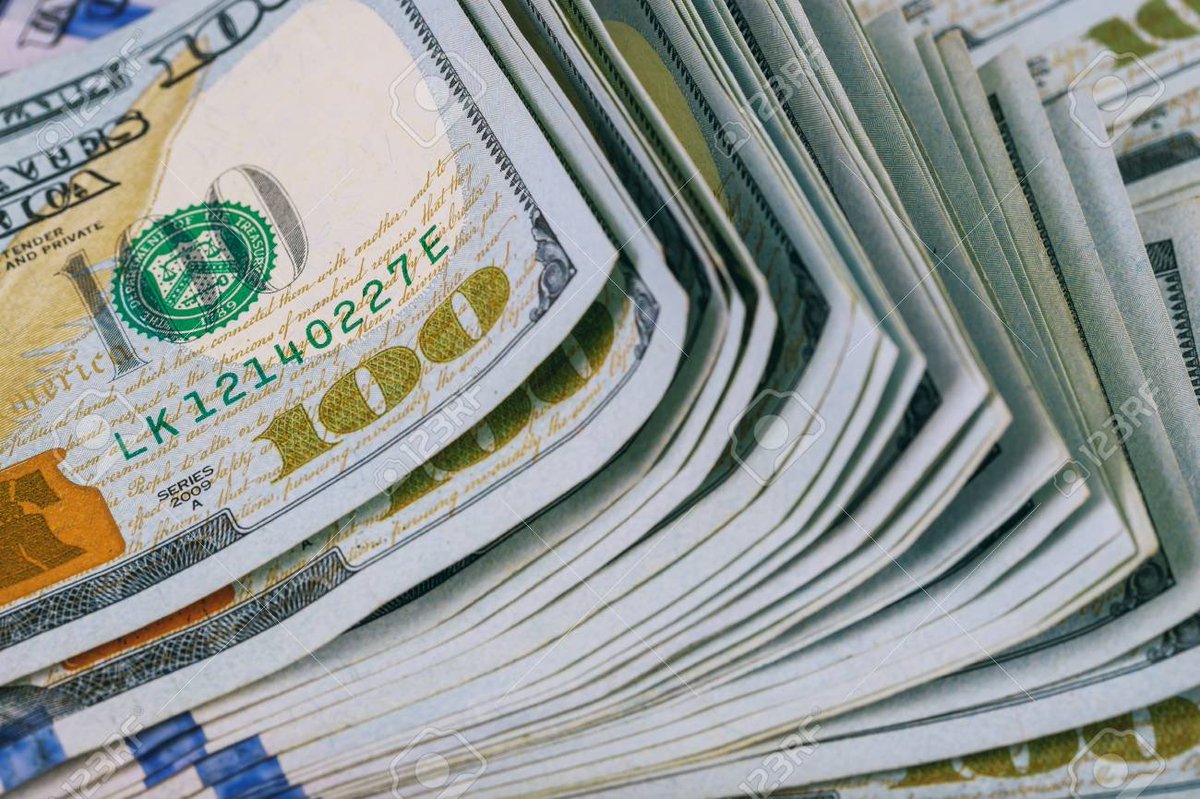Some Chinese words “just make sense.”
To take my 4-year-old son’s favorite animal as an example, I’ve always found it fascinating that “giraffe” in Chinese is “deer with a long neck” 长颈鹿.
His 2nd-favorite animal: "zebra" is "horse with stripes" 斑马.
Quick thread
To take my 4-year-old son’s favorite animal as an example, I’ve always found it fascinating that “giraffe” in Chinese is “deer with a long neck” 长颈鹿.
His 2nd-favorite animal: "zebra" is "horse with stripes" 斑马.
Quick thread

Chinese words are fascinating because each character is a discrete morpheme. Animal names tend to be pretty literal descriptions:
owl: “eagle with cat head" 猫头鹰
kangaroo: “mouse with a pouch” 袋鼠
dolphin: “pig swimming in sea” 海豚
sloth: "lazy animal hanging in tree" 树懒
owl: “eagle with cat head" 猫头鹰
kangaroo: “mouse with a pouch” 袋鼠
dolphin: “pig swimming in sea” 海豚
sloth: "lazy animal hanging in tree" 树懒
We’ve been teaching our son to read Chinese, and one of the best parts is analyzing new words, which are usually 2-3 characters.
Chinese arguably has the most difficult writing system in the world, and is one of the only modern languages which doesn’t use an alphabet.
Chinese arguably has the most difficult writing system in the world, and is one of the only modern languages which doesn’t use an alphabet.
Our son loves analyzing the individual characters for animals. 4 more favorites:
panda: “bear cat” 熊猫
raccoon: "washing bear" 浣熊
hippopotamus: “river horse” 河马
lobster: “dragon shrimp” 龙虾
Note: "raccoon" & "hippo" have the same etymology in many other languages.
panda: “bear cat” 熊猫
raccoon: "washing bear" 浣熊
hippopotamus: “river horse” 河马
lobster: “dragon shrimp” 龙虾
Note: "raccoon" & "hippo" have the same etymology in many other languages.
The modular writing system means word roots are transparent and traceable over time. The whole is usually greater than the sum of its parts.
computer: “electric brain” 电脑
diaper: "piss cloth" 尿布
battery: “electric reservoir” 电池
tornado: “wind rolled up like dragon” 龙卷风
computer: “electric brain” 电脑
diaper: "piss cloth" 尿布
battery: “electric reservoir” 电池
tornado: “wind rolled up like dragon” 龙卷风
Each character is a single syllable transmitting semantic information, making Chinese a relatively high baud rate language.
Standard Chinese uses ~2000 characters for 95% of modern text. New words tend to be created by mixing and matching from this existing set of characters.
Standard Chinese uses ~2000 characters for 95% of modern text. New words tend to be created by mixing and matching from this existing set of characters.
For example, medical conditions tend to be described literally:
diabetes: "sugar urine disease" 糖尿病
pneumonia: "lung inflammation" 肺炎
asthma: "panting for air" 气喘
arthritis: "critical joint inflammation" 关节炎
Alzheimer’s: “confused and dull-witted in old age” 老年痴呆
diabetes: "sugar urine disease" 糖尿病
pneumonia: "lung inflammation" 肺炎
asthma: "panting for air" 气喘
arthritis: "critical joint inflammation" 关节炎
Alzheimer’s: “confused and dull-witted in old age” 老年痴呆
Modern Chinese reuses many of the same characters from Classical Chinese thousands of years ago, giving some words a “retro feel.”
rocket: "fire arrow" 火箭
subwoofer: "low sounding cannon" 低音炮
immediately: "riding on top of a horse" 马上
piano: "steel zither" 钢琴
rocket: "fire arrow" 火箭
subwoofer: "low sounding cannon" 低音炮
immediately: "riding on top of a horse" 马上
piano: "steel zither" 钢琴
Reusing Classical Chinese characters for modern concepts avoids the need to constantly create new characters, e.g. the ancient character for “chariot” 车 has been repurposed to refer to “vehicle.”
train: “fire vehicle” 火车
car: “gas vehicle” 汽车
stroller: “pushed vehicle” 推车
train: “fire vehicle” 火车
car: “gas vehicle” 汽车
stroller: “pushed vehicle” 推车
Each character has a relatively weak link between its shape and its pronunciation, which means that characters from thousands of years ago can be used in modern Chinese purely for their meaning, without needing to know how they were pronounced in Classical Chinese.
The same characters can also be pronounced differently in different varieties of Chinese, e.g. Cantonese vs Mandarin:
lipstick: “lip gel” 唇膏 vs “red mouth” 口红
refrigerator: “snow cabinet” 雪柜 vs “ice box” 冰箱
faucet: "water larynx" 水喉 vs "water dragon-head" 水龙头
lipstick: “lip gel” 唇膏 vs “red mouth” 口红
refrigerator: “snow cabinet” 雪柜 vs “ice box” 冰箱
faucet: "water larynx" 水喉 vs "water dragon-head" 水龙头
Simply knowing each individual character’s meaning isn’t sufficient to read Chinese. For example, it's not obvious at first that "excited light" 激光 means "laser."
Similarly in English, knowing the words "lap" and "top" doesn't necessarily mean you know what a "laptop" is.
Similarly in English, knowing the words "lap" and "top" doesn't necessarily mean you know what a "laptop" is.
Chinese characters are indivisible units so words don’t “blend together,” unlike English, e.g. “sheep herder” blending over time to “shepherd,” or “smoke fog” blending to “smog.”
For example, the characters for "chameleon" are frozen in place as “color-changing dragon” 变色龙.
For example, the characters for "chameleon" are frozen in place as “color-changing dragon” 变色龙.
In many English words, the morphemes have blended so thoroughly that the new word has essentially become its own indivisible unit.
pixel: “picture element”
bit: “binary digit”
emoticon: “emotion icon”
cyborg: “cybernetic organism”
blog: “web log”
modem: “modulator-demodulator”
pixel: “picture element”
bit: “binary digit”
emoticon: “emotion icon”
cyborg: “cybernetic organism”
blog: “web log”
modem: “modulator-demodulator”
Almost all loanwords in Chinese are novel combinations of existing characters:
TV: “electric vision” 电视
monetization: "to transform into cash" 变现
submarine: "stealth water vessel" 潜水艇
surfing: “charging waves” 冲浪
kaleidoscope: “tube with ten thousand flowers” 万花筒
TV: “electric vision” 电视
monetization: "to transform into cash" 变现
submarine: "stealth water vessel" 潜水艇
surfing: “charging waves” 冲浪
kaleidoscope: “tube with ten thousand flowers” 万花筒
Many loanwords were borrowed directly from Japanese, which also uses Chinese characters, but with completely different pronunciations.
seppuku: “cut one's abdomen” 切腹
tofu: "rotting beans" 豆腐
sumo: “mutual strike” 相撲
judo: "gentle way" 柔道
kamikaze: "divine wind" 神風
seppuku: “cut one's abdomen” 切腹
tofu: "rotting beans" 豆腐
sumo: “mutual strike” 相撲
judo: "gentle way" 柔道
kamikaze: "divine wind" 神風
Sometimes different characters are used to express the same word in Japanese vs Chinese
tsunami: "harbor wave" 津波 vs "sea roar" 海啸
balloon: "wind boat" 風船 vs "gas ball" 气球
movie: "reflecting pictures" 映画 vs "electric shadow" 电影
tsunami: "harbor wave" 津波 vs "sea roar" 海啸
balloon: "wind boat" 風船 vs "gas ball" 气球
movie: "reflecting pictures" 映画 vs "electric shadow" 电影
More examples for Japanese vs Chinese:
Milky Way: “Heaven’s stream” 天の川 vs “silver river” 银河
faucet: “serpent mouth” 蛇口 vs “water-dragon head” 水龙头
swan: “white bird” 白鳥 vs “heavenly goose” 天鹅
baseball: "field ball” 野球 vs “cudgel ball” 棒球
Milky Way: “Heaven’s stream” 天の川 vs “silver river” 银河
faucet: “serpent mouth” 蛇口 vs “water-dragon head” 水龙头
swan: “white bird” 白鳥 vs “heavenly goose” 天鹅
baseball: "field ball” 野球 vs “cudgel ball” 棒球
That being said, the similarities should not be overstated, as the same set of characters can have very different meanings in Japanese vs Chinese:
愛人: mistress vs wife (“person who I love”)
手紙: letter vs toilet paper (“paper in my hand”)
汽車: train vs car ("steam vehicle”)
愛人: mistress vs wife (“person who I love”)
手紙: letter vs toilet paper (“paper in my hand”)
汽車: train vs car ("steam vehicle”)
In general, the older meaning for each character is preserved in Japanese vs Chinese:
湯: hot water vs soup
走: run vs walk
涕: tears vs snot
謝: apologies vs thanks
This is likely because the characters, AKA kanji, were adopted in Japan at an earlier stage of the language.
湯: hot water vs soup
走: run vs walk
涕: tears vs snot
謝: apologies vs thanks
This is likely because the characters, AKA kanji, were adopted in Japan at an earlier stage of the language.
Modern Chinese word formation is somewhat reminiscent of the binomial nomenclature used for animal names, where two Classical Latin words are pieced together to specify the genus and species for each animal., e.g. "Tyrannosaurus rex" means “tyrant-lizard king.”
Scientists used Classical Latin because it was a fossilized language still in use by Europe's elite, which meant that Latin morphemes would be universally comprehensible and wouldn’t distort over time from pronunciation changes in living languages, e.g. English, French, Russian.
Similarly, Old Chinese died out as a spoken language over a thousand years ago, but many Classical Chinese characters still live on in countless modern Chinese words with different pronunciations, with most characters preserving variations of their original meanings.
Characters are hugely time-consuming to memorize, but they also provide a flexibility and transparency which has allowed Chinese to adapt quickly to the digital age, with new words constantly being created and imported, while preserving thousand of years of idioms and literature.

 Read on Twitter
Read on Twitter





































































